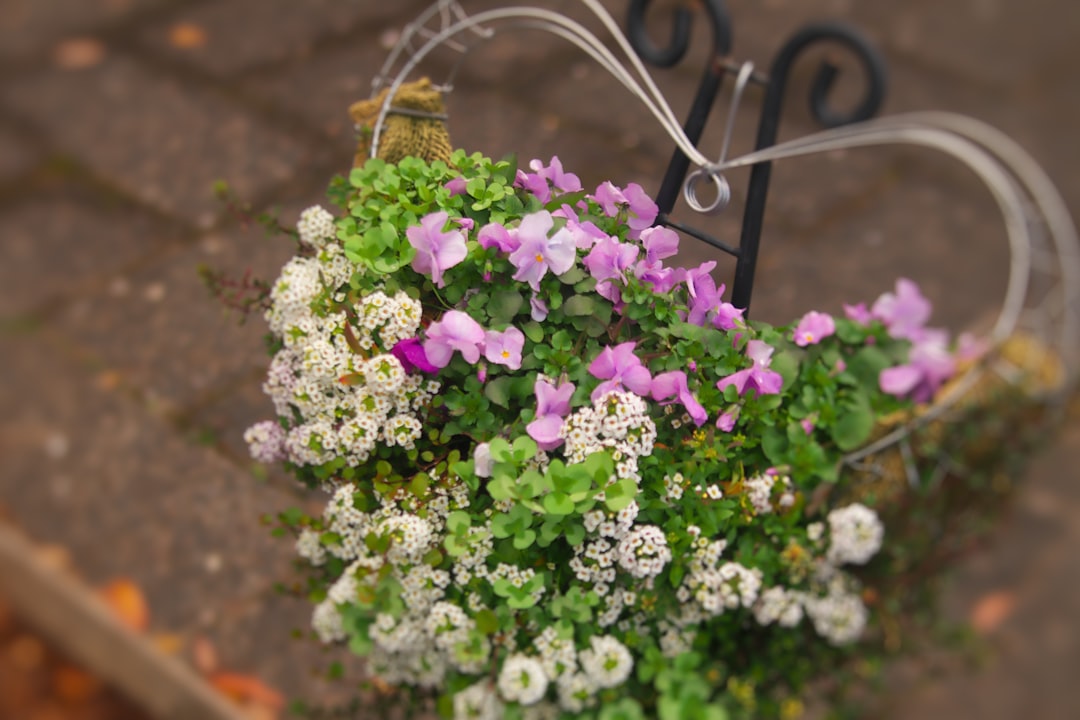Reviving Your Pothos: Solving the Yellow Leaf Mystery

Houseplants bring a touch of nature and beauty into our homes, and pothos plants are a popular choice for many plant enthusiasts. However, it can be disheartening to notice yellowing leaves on your pothos. Yellowing leaves are often a sign that something is amiss with your plant. In this article, we will explore the most common causes of yellowing leaves on pothos plants and provide you with practical solutions to restore your plant to health.
Overwatering
One of the most common reasons for yellowing leaves on pothos plants is overwatering. Pothos plants prefer well - drained soil, and when they are overwatered, the roots can become waterlogged. This restricts the flow of oxygen to the roots, leading to root rot. As the roots deteriorate, the plant is unable to absorb nutrients properly, resulting in yellowing leaves.
To check if overwatering is the issue, gently remove the plant from its pot. Healthy roots should be white or light brown, while rotting roots will be dark brown or black and mushy. If you find root rot, you need to take immediate action. Trim away the rotten roots using a clean, sharp pair of scissors or pruning shears. Repot the plant in fresh, well - draining soil and reduce the frequency of watering. Allow the top inch or two of the soil to dry out before watering again.
Underwatering
On the other hand, underwatering can also cause yellowing leaves on pothos plants. When a pothos plant doesn't receive enough water, it starts to conserve energy by shedding its lower leaves. These leaves will turn yellow and eventually fall off.
To determine if your pothos is underwatered, check the soil. If it is dry to the touch several inches below the surface, it's time to water your plant. Water the plant thoroughly until water drains out of the bottom of the pot. Make sure to empty the saucer beneath the pot to prevent the plant from sitting in standing water. Establish a regular watering schedule, but be mindful of the plant's needs and the environmental conditions, such as humidity and temperature.
Insufficient Light
Pothos plants thrive in bright, indirect light. If your pothos is placed in a location with insufficient light, it may start to show signs of stress, including yellowing leaves. Without enough light, the plant cannot carry out photosynthesis effectively, which is essential for its growth and health.
Move your pothos to a brighter spot in your home, but avoid direct sunlight, as this can scorch the leaves. A north - or east - facing window is often an ideal location. If natural light is limited, you can also use artificial grow lights to supplement the light requirements of your pothos.
Nutrient Deficiency
Yellowing leaves can also be a sign of a nutrient deficiency in pothos plants. These plants require a balanced supply of nutrients, including nitrogen, phosphorus, and potassium, as well as micronutrients like iron and magnesium. A lack of these nutrients can cause the leaves to turn yellow.
You can address nutrient deficiencies by fertilizing your pothos regularly. Use a balanced, water - soluble fertilizer formulated for houseplants. Follow the instructions on the fertilizer package carefully, as over - fertilizing can also cause problems for your plant. During the growing season (spring and summer), fertilize your pothos every two to four weeks. Reduce the frequency of fertilizing in the fall and winter when the plant's growth slows down.
Pest Infestation
Pests can also be a culprit behind yellowing leaves on pothos plants. Common pests that affect pothos include spider mites, aphids, and mealybugs. These pests feed on the plant's sap, causing damage to the leaves and weakening the plant. As a result, the leaves may turn yellow and become distorted.
Inspect your pothos regularly for signs of pests. Look for small insects, webbing, or sticky residue on the leaves. If you detect a pest infestation, you can try to remove the pests manually using a cotton swab dipped in rubbing alcohol or by spraying the plant with a mild insecticidal soap. For severe infestations, you may need to use a more potent pesticide, but make sure to follow the safety instructions carefully.
Conclusion
Yellowing leaves on pothos plants can be a cause for concern, but by identifying the underlying cause and taking appropriate action, you can restore your plant to health. Whether it's adjusting your watering habits, providing adequate light, fertilizing properly, or dealing with pests, with a little care and attention, your pothos will once again thrive and bring beauty to your home.